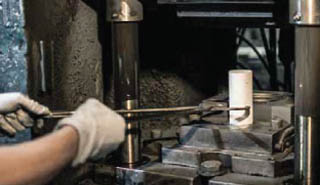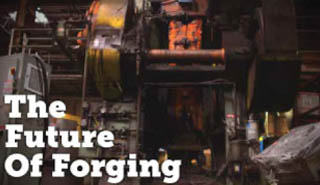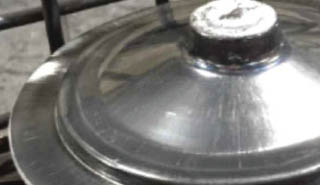Compare and contrast powdered metal (P/M) to forging – in terms of strength, part integrity, requirement for secondary operations, design flexibility, cost-effectiveness and supplier base.
Take a minute to watch our video on When to Use Forging Over Powdered Metallurgy (PM)
Compare… |
||
|---|---|---|
Strength:
Powdered Metal (P/M)Low standard mechanical properties (e.g. tensile strength) are typical of P/M parts. ForgingThe grain flow of a forging ensures strength at critical stress points. |
||
Part integrity:
Powdered Metal (P/M)Costly part-density modification or infiltration is required to prevent P/M defects. Both processes add significant cost to production. ForgingThe grain refinement of forged parts assures metal soundness and absence of defects. |
||
Requirement for secondary operations:
Powdered Metal (P/M)Special P/M shapes, threads, holes and precision tolerances may require extensive machining. ForgingSecondary forging operations can be reduced to finish machining, hole drilling and other simple steps. The inherent soundness of forgings leads to consistent, excellent machined surface finishes. |
||
Design flexibility:
Powdered Metal (P/M)P/M shapes are limited to those that can be ejected in the pressing direction. ForgingForging allows part designs that are not restricted to pressing direction. |
||
Cost-effectiveness:
Powdered Metal (P/M)Long production runs are often required to recoup initial P/M tooling investment. New P/M parts require long lead times. ForgingForging can respond quickly to changes in product demand and remain cost effective once die tooling is available at the forge. |
||
Broadness of supplier base:
Powdered Metal (P/M)The powdered metal supplier base is limited. ForgingThe large number of qualified forgers ensures a wider choice of the best possible service. |
For more information on forgings compared to powdered metal, visit the Forging Industry Association (FIA) website.












